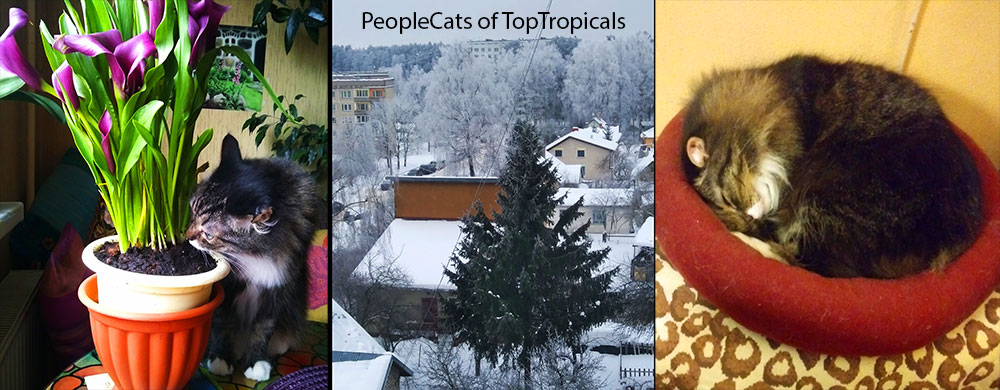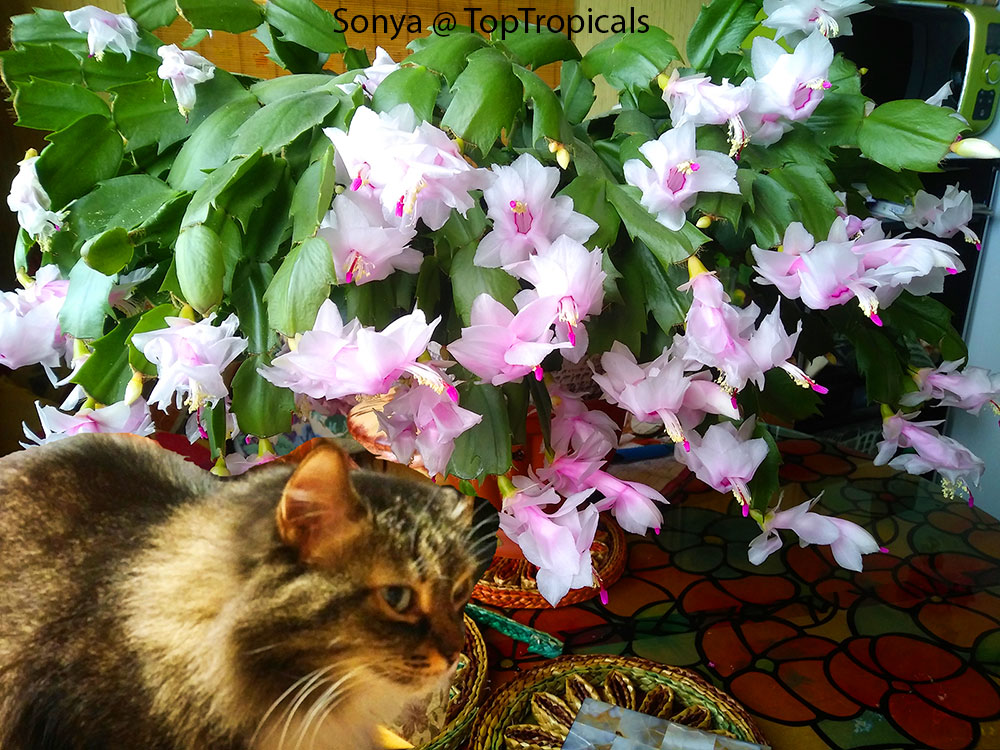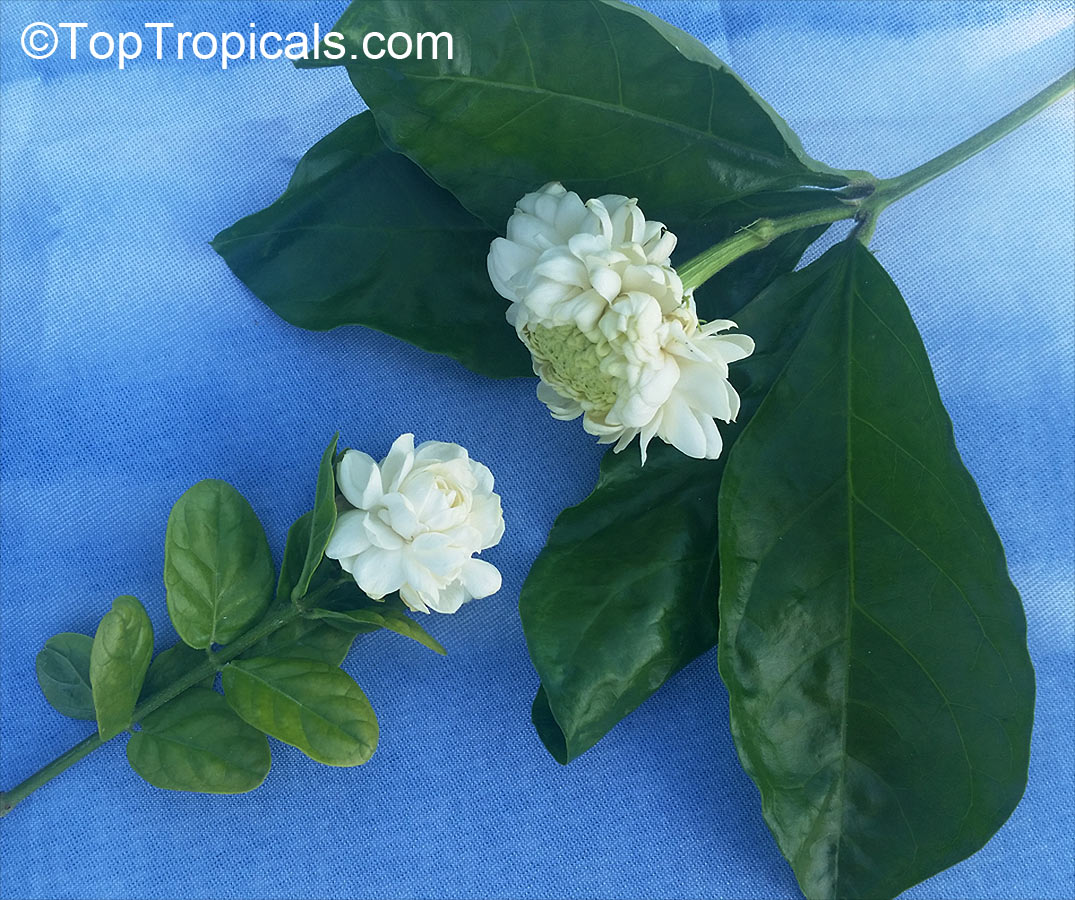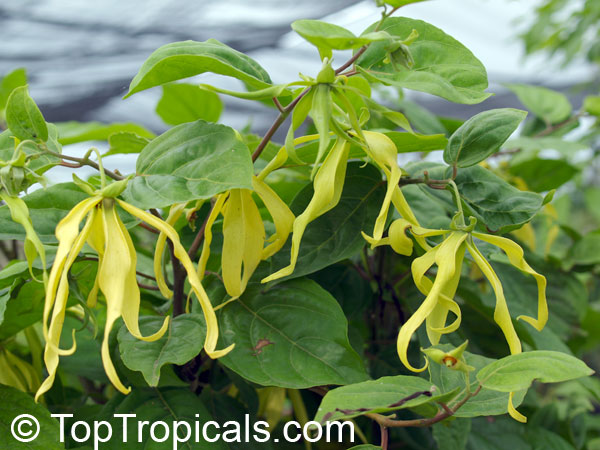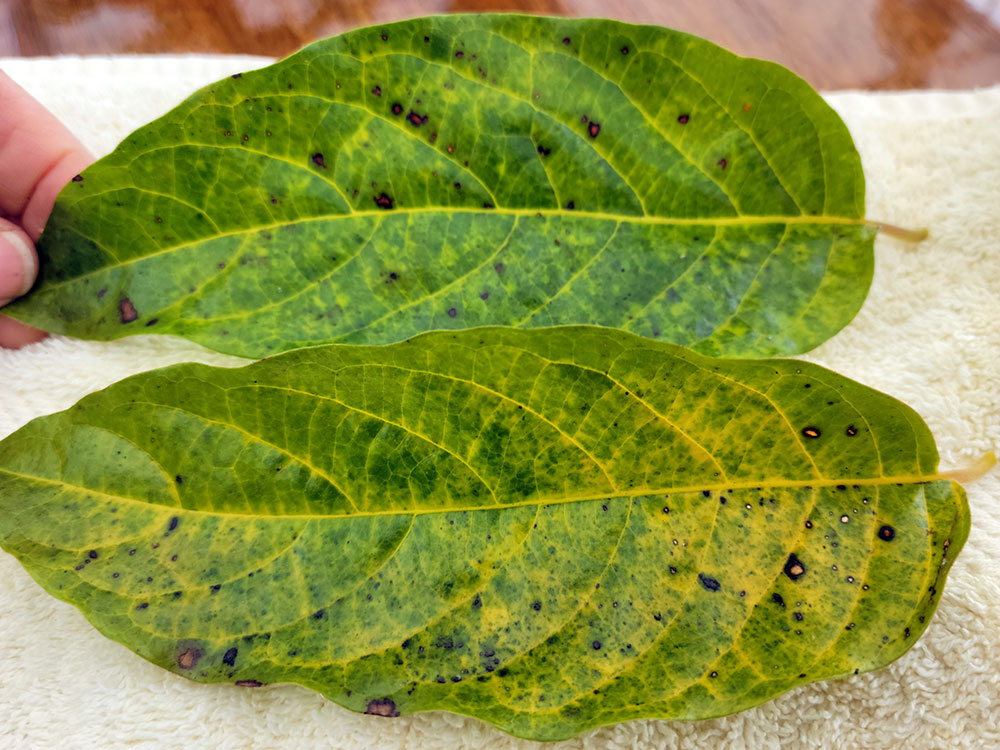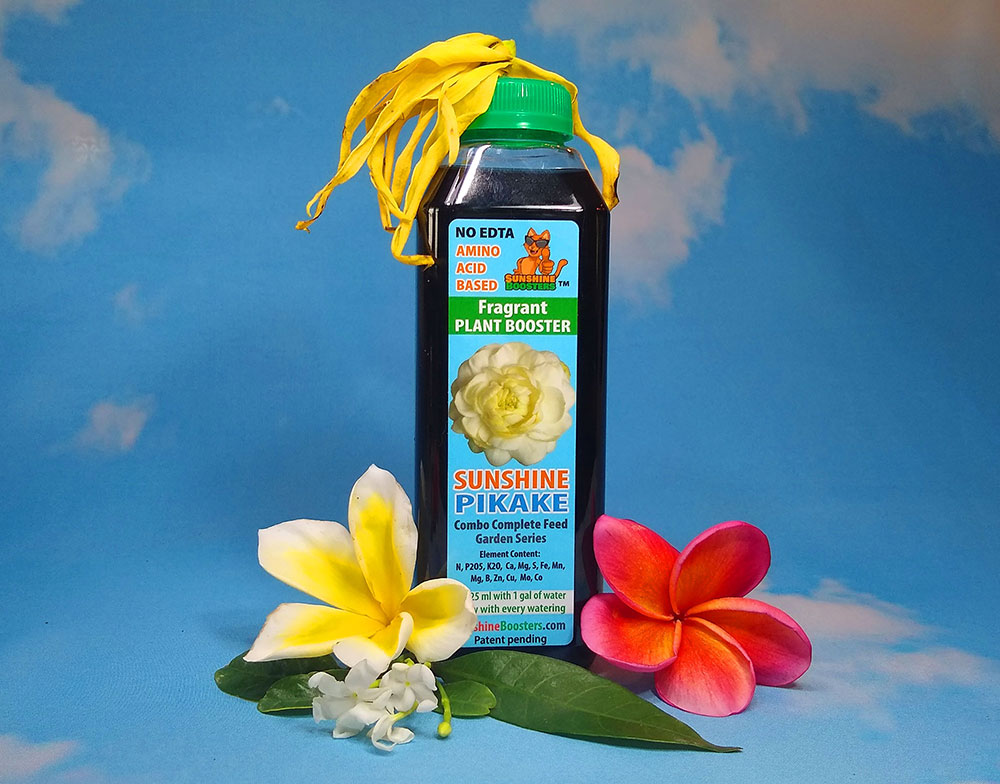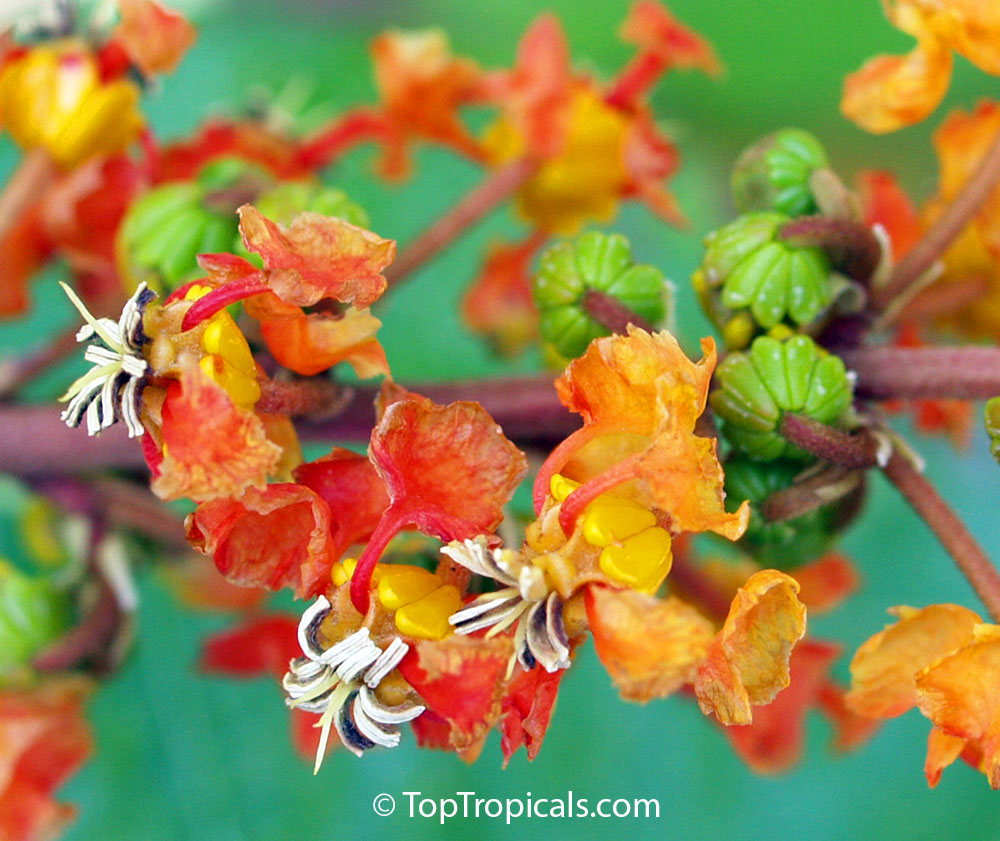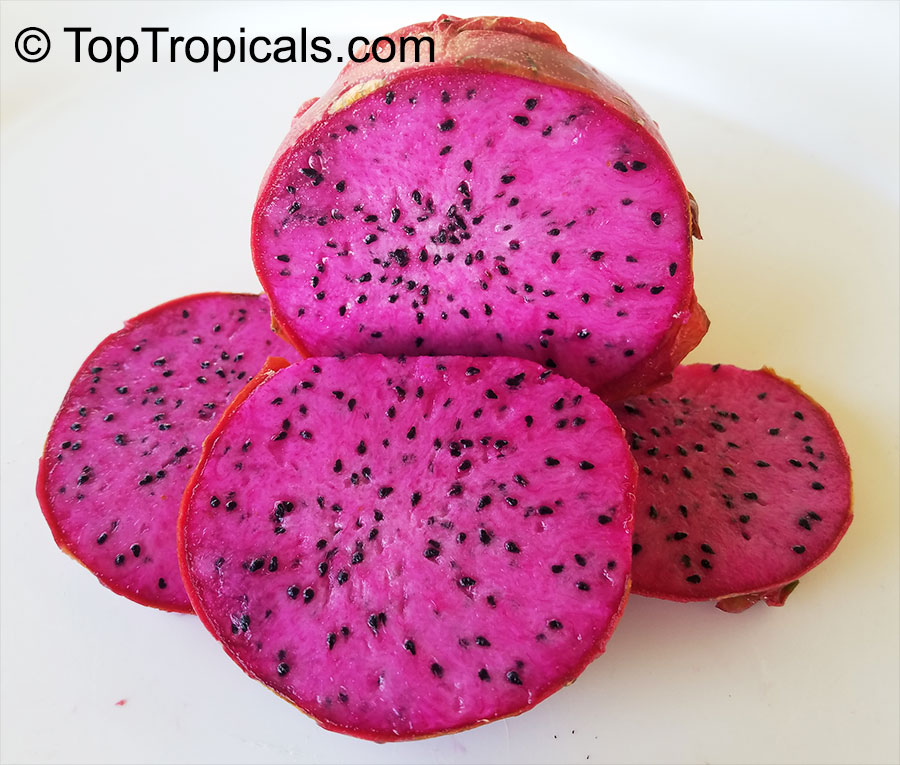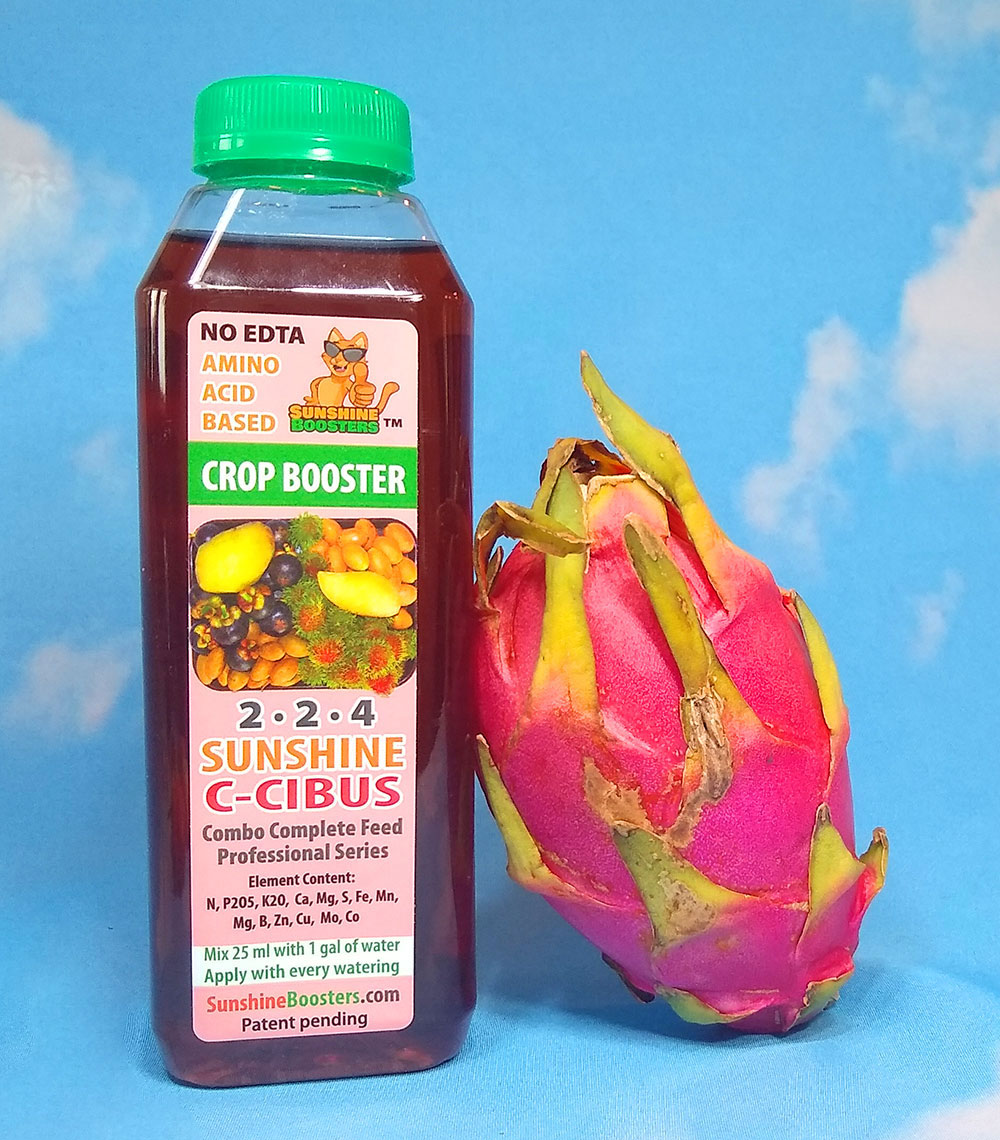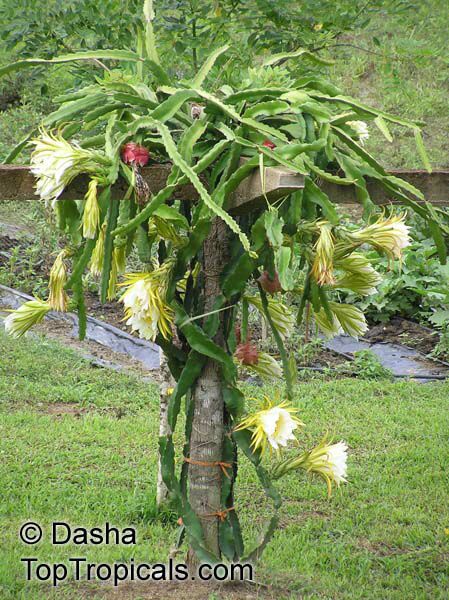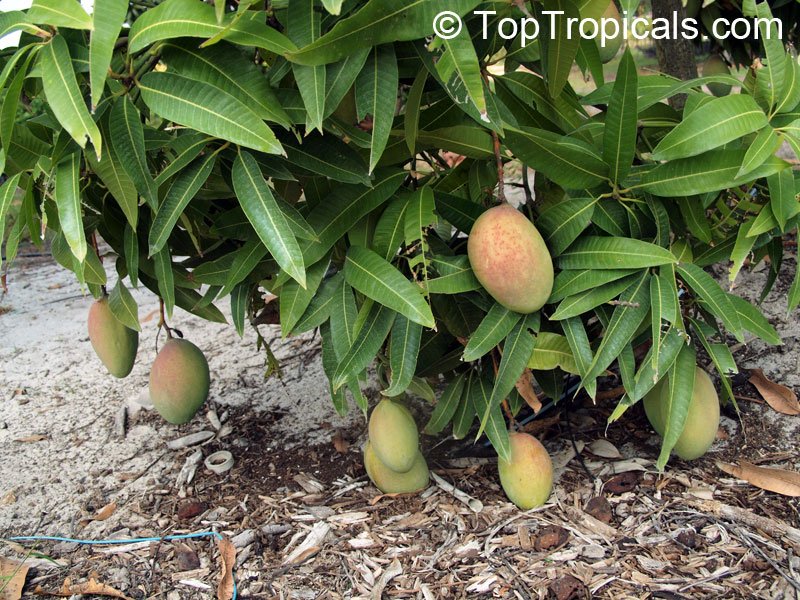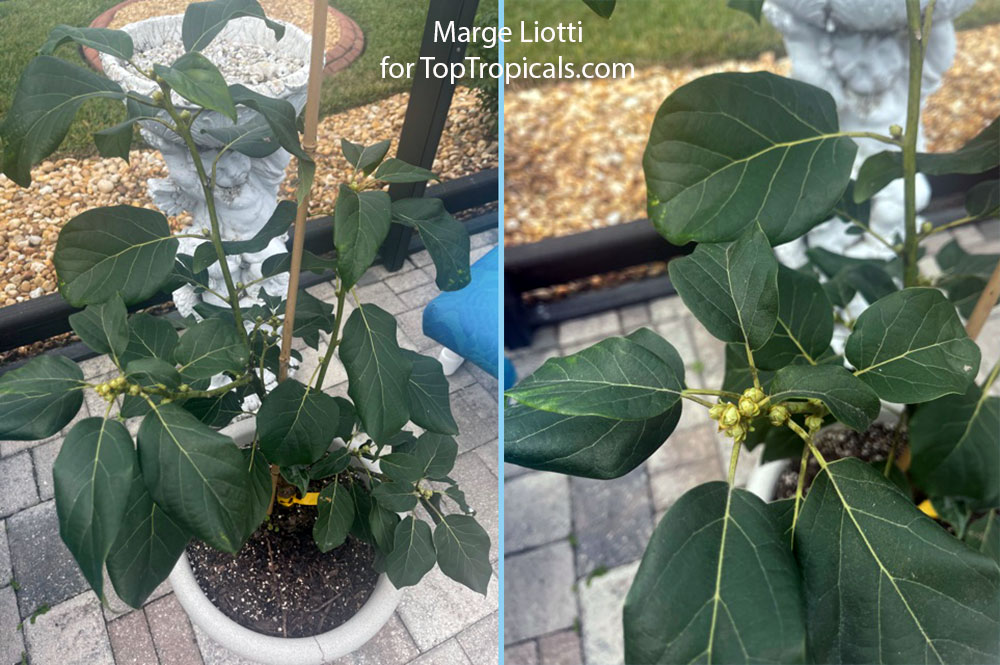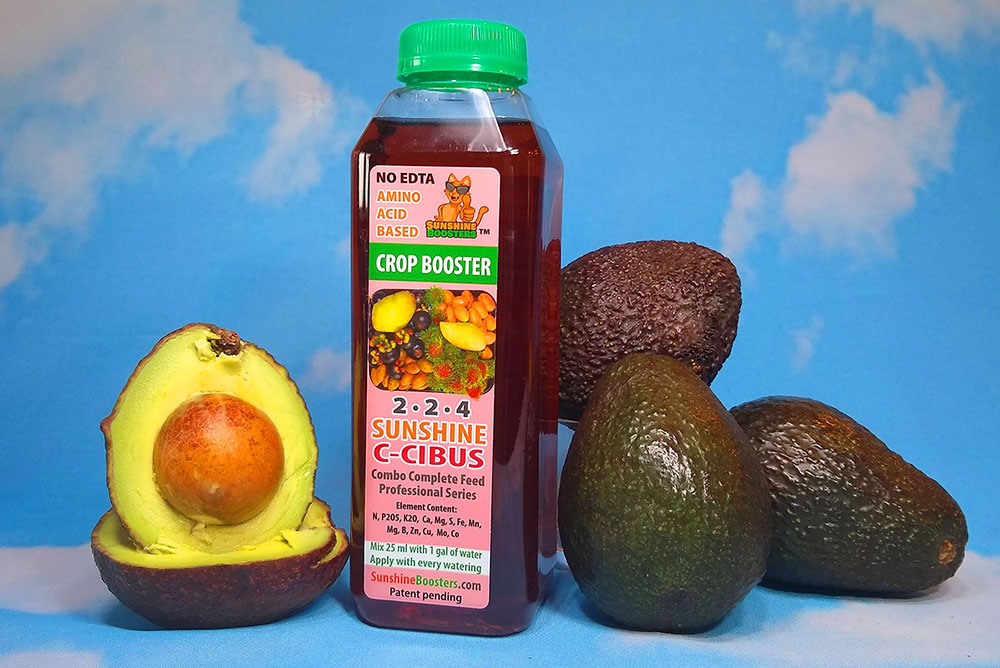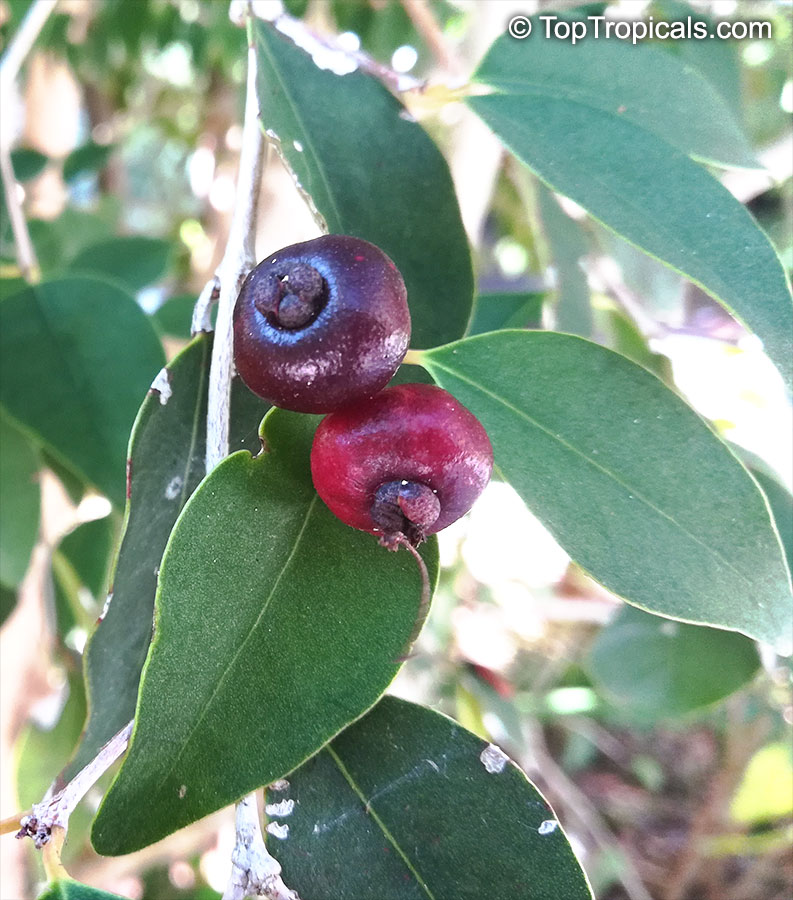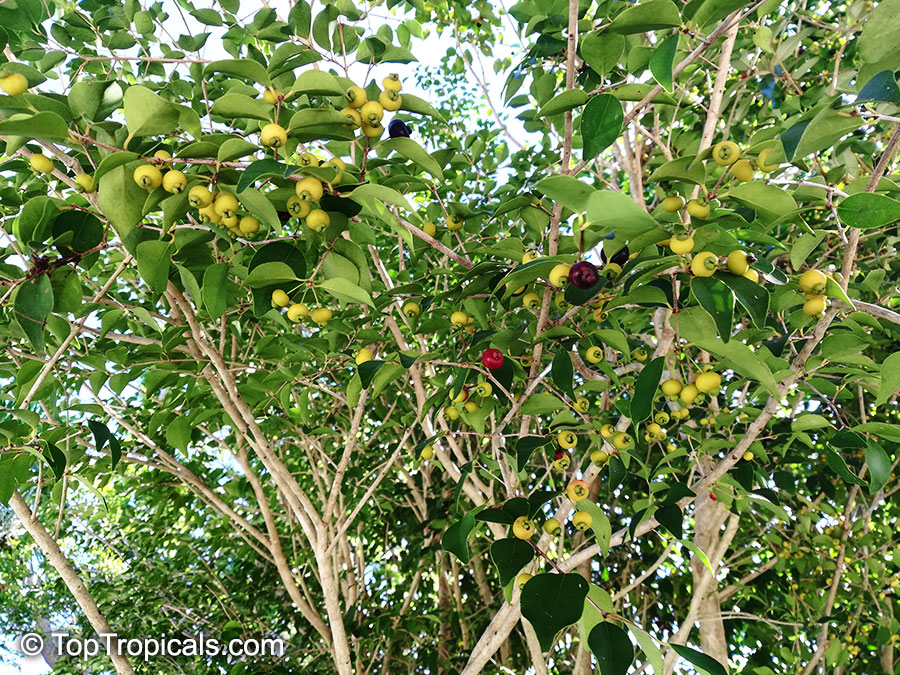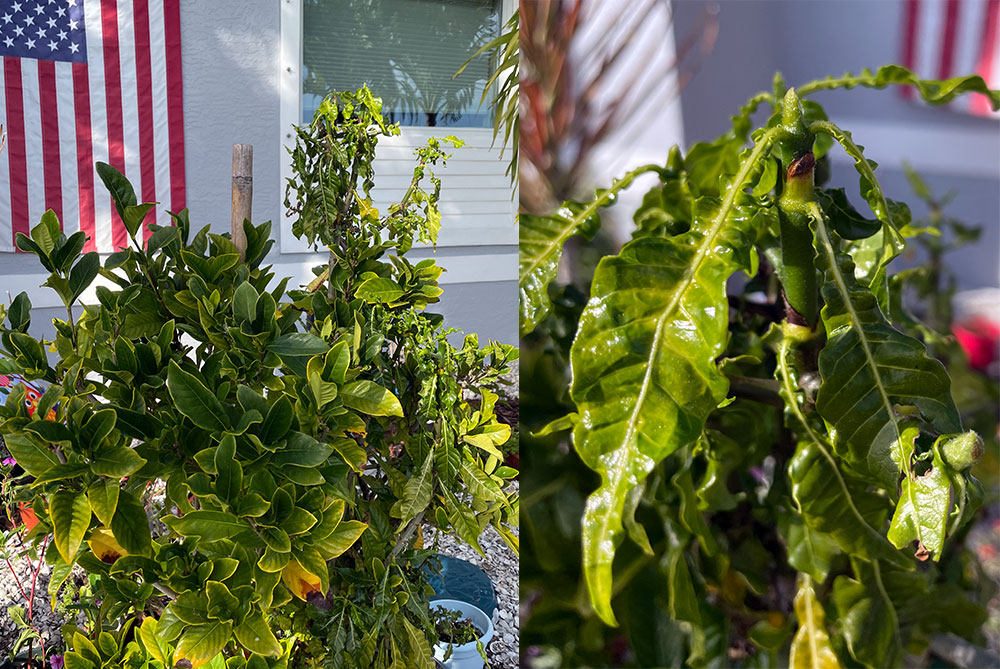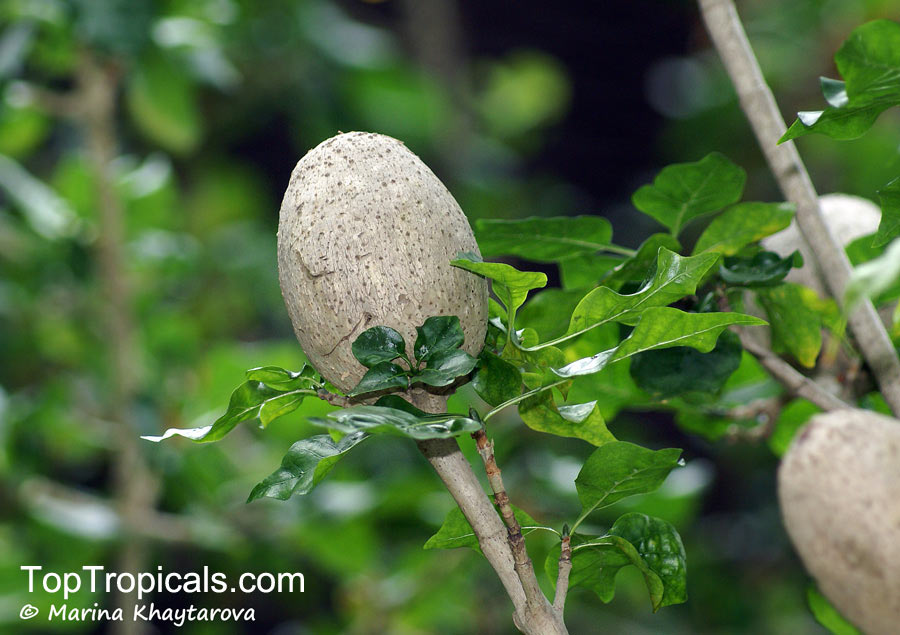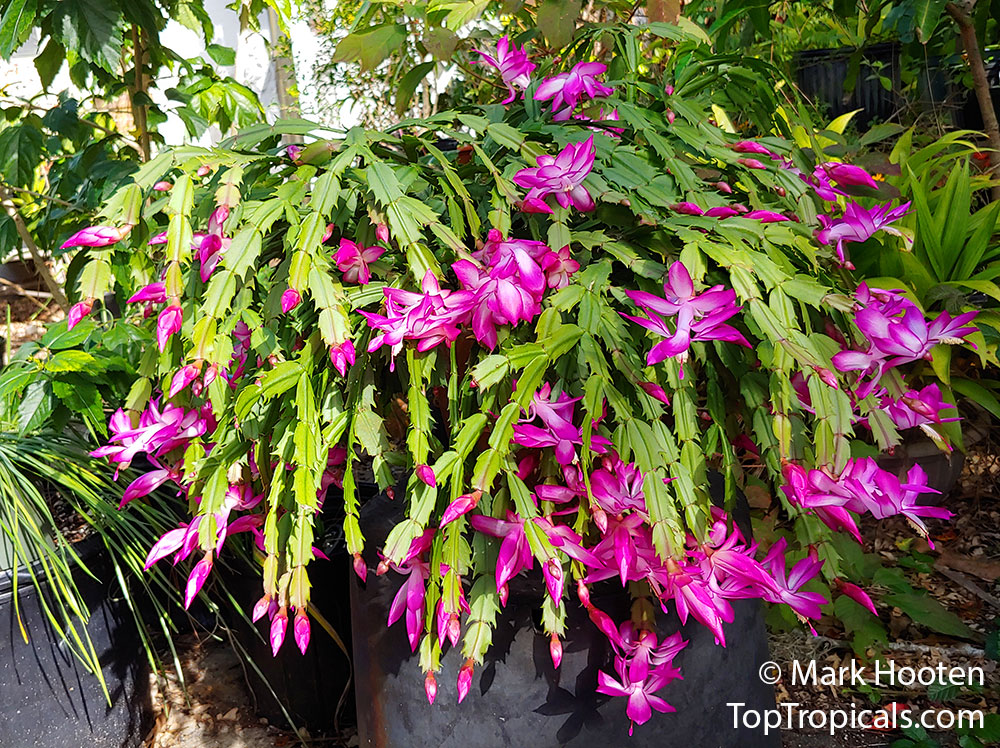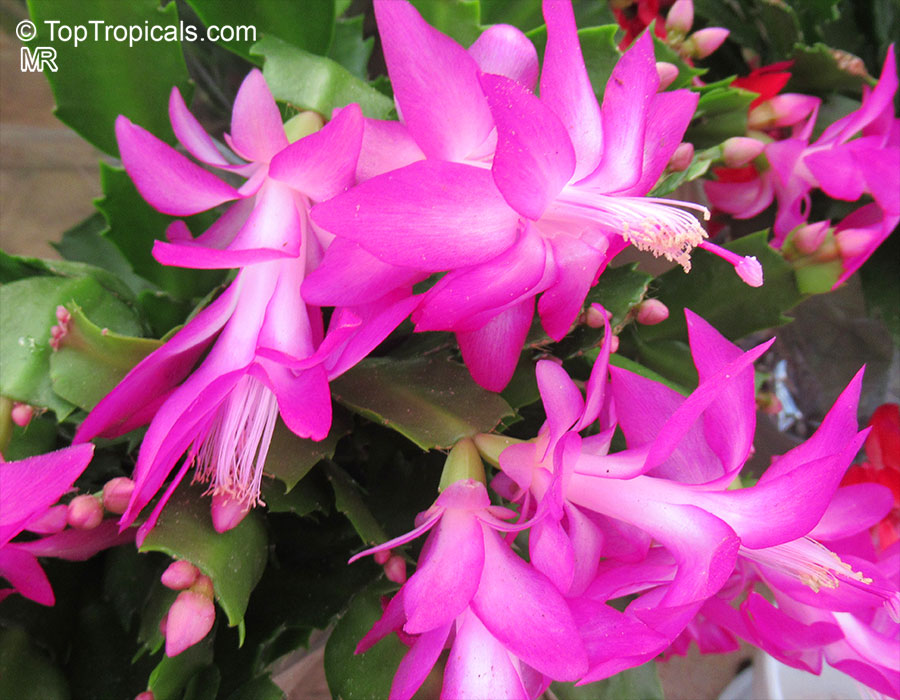Date:
PeopleCats of TopTropicals. Cat of the Month: Sonya growing indoors
Sonya, the Co-Author of our columnist Alex Butova, this year can't wait for the Spring to begin. Sonya is a
True Tropical Cat, enjoying sunny hot days, and she hates cold and snow in
spite of her beautiful fluffy coat. Together with Alex, she grows tropical
flowers in their apartment in Riga, Latvia. The countdown to True Spring has just
begun, and Sonya promises warm weather to start by hers and Alex's birthday
on March 16.
Aren't we lucky to live in Tropics!
TopTropicals PeopleCat Club and Zoo
Thank you for supporting us in helping PeopleCat Community!
Make
your kind donation today and receive a surprise gift from us! Every little
bit helps. Thank you and God bless you and your pets!
